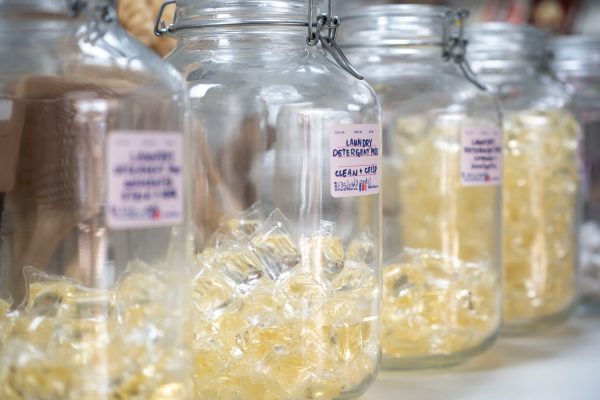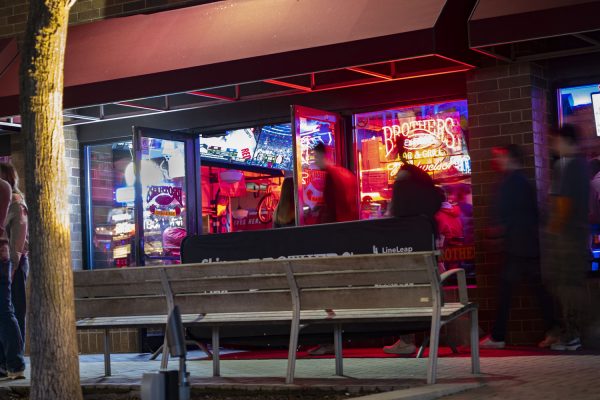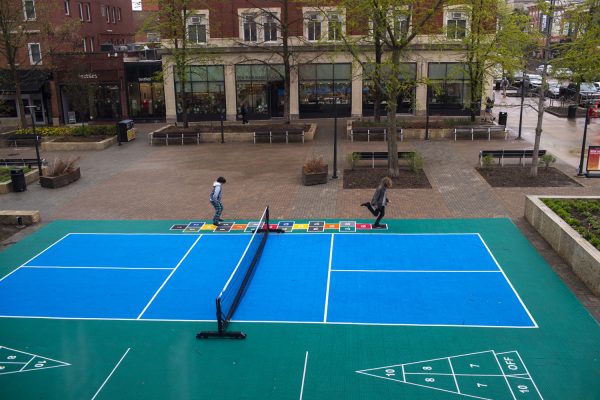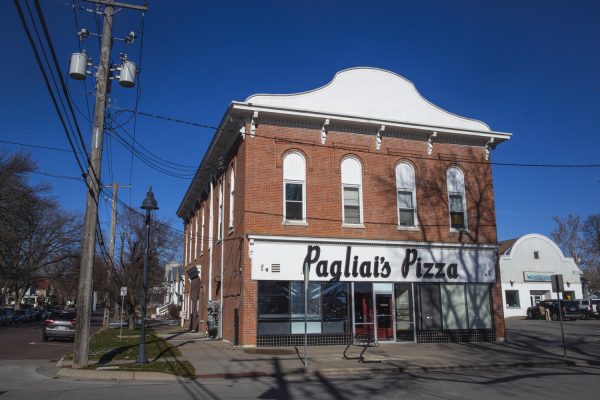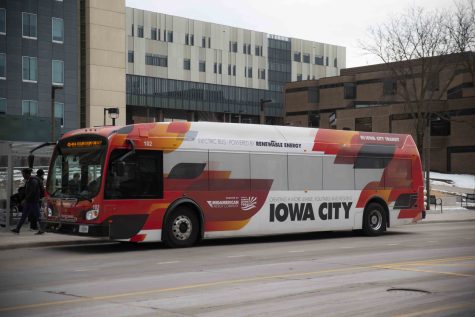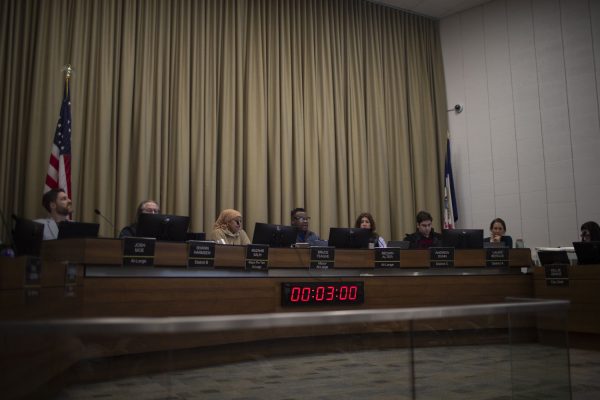Iowa City Downtown shops see increase in sales, inventory shortages
Iowa City downtown shops are seeing a resurgence in sales after months of lower revenue.
Todd Thelen, owner of Artifacts, poses for a portrait on March 1, 2021. (Jerod Ringwald/The Daily Iowan)
October 28, 2021
Downtown Iowa City shops are seeing a resurgence of in-store revenue after a year of record-low sales.
After a year-and-a-half of dealing with the pandemic economy, business has returned to stores.
Todd Thelen, owner of Artifacts, said sales have improved compared to 2019 revenue.
Thelen said when the pandemic started, the store wasn’t allowed to let any customers inside.
Since the store doesn’t do online orders, their main revenue came from curbside pickups arranged by appointment.
“[Revenue] was just very minimal, I mean it was just a fraction of our regular sales,” Thelen said.
As COVID-19 restrictions were lifted, Artifacts was slowly able to start allowing more people into the store, increasing customer flow.
Thelen said another boost came from the store’s expansion in October of 2020, after the restaurant next door closed.
“We blew a hole in the wall and expanded into the new space, so we added another 3,200 square feet. Because of that, our sales have been fantastic,” Thelen said.
Bob Noser, co-president of Ewers Men’s Store, said he can’t even compare this year’s revenue to that of 2020, which didn’t meet 50 percent of the store’s sales in a typical year.
“It was so rotten,” Noser said, “Now what we’re trying to do is get back to 2019, and truthfully we’re getting pretty close to 2019, so sales have come up considerably from during the pandemic when at one point in time we were closed for two months, so we had zero sales.”
Ewers said the pandemic has also been difficult on inventory as manufacturers have struggled to keep up with demand.
“I’ve got companies that have been out of white shirts for four months and they can’t tell you exactly when they will get them back in stock,” he said, “… Nobody has them so it’s not like I can go to another company and say, ‘Hey, I need two dozen white shirts,’ it just isn’t going to happen.”
Kate Dreyer, co-owner of The Shop Iowa City, said the pandemic only caused a slight dip in revenue. She said when the pandemic arrived, she thought of changing the store’s sales strategy.
“We were thinking that we needed to pivot and if we couldn’t be open then we were going to switch to more online sales and using social media,” she said.
Dreyer said because the store is not particularly dependent on students, local shoppers were able to keep it afloat.
Mike Draper, founder and owner of Raygun, said fall sales numbers have been about where they were before the pandemic. He said the Iowa City store specifically has done better than expected, even better than its Des Moines and Chicago locations.
Draper said at the beginning of the pandemic, Raygun went from being 70 percent in-store retail to zero percent in-store retail within the span of two days. Draper said online sales surged at the beginning of the pandemic and online sales are still above where they were before the pandemic.
“It’s hard to put into words how surreal the whole thing was. On the one hand, running a small business is oftentimes going from one disaster to another it seems like,” he said, “But this was obviously on a whole other scale.”










